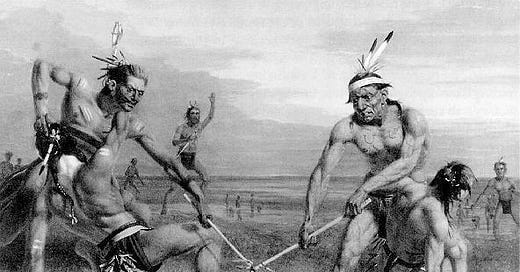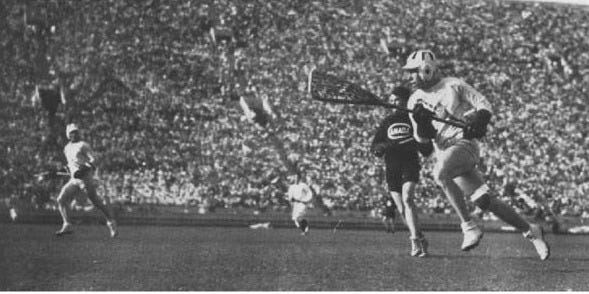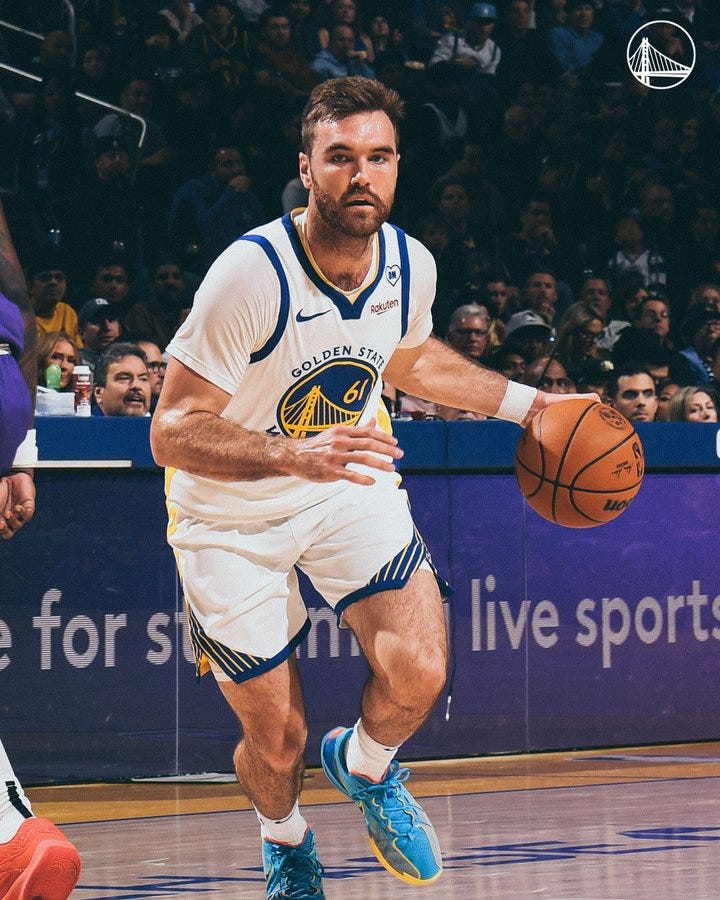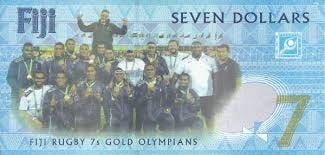America’s national pastime? Baseball. America’s game? Football. But as S.L. Price highlights in The American Game: History and Hope in the Country of Lacrosse (release date May 20), lacrosse is the most American of sports. Played for centuries by Native Americans primarily in the Great Lakes region, the game originally known as Tewaaraton and baggataway (“little brother of war”), appeared in the 1932 Los Angeles Olympics and will feature again in LA28.
According to The American Game’s publisher: “Nearly a millennium ago, Native Americans created lacrosse as a means of training warriors and settling disputes. Co-opted by whites in the late 1800s, played for a century largely at elite east coast colleges, over the past thirty years lacrosse has exploded around the world, becoming the fastest growing sport in the U.S. while exposing the fault lines of prejudice and privilege that continue to dog its image. At the same time, the spiritual nature and dazzling style of the Native game has been elevated to center stage as the brilliant Haudenosaunee (Iroquois) play as a nation unto themselves, maintaining their deep traditions and hoping for inclusion in the 2028 Olympics.”
Lacrosse in the 1932 Los Angeles Olympics
International Olympic Committee (IOC) guidelines of the day stipulated that the host city’s organizing committee feature two demonstration sports: one domestic (in this case American football as I wrote about here) and one foreign. Lacrosse, Canada’s national game since 1859 (and now its official summer sport), fit perfectly. Canada’s Indigenous Peoples had called the game by many names, but a 17th-century French Jesuit missionary, who likened the sticks to “la crosse” or a bishop’s staff, coined the name we use today.
Although most Californians had never seen the sport, it was not new to the Olympics. Played as a medal sport in both 1904 and 1908, and again as a demonstration sport in 1928, the game required explanation—some serious, most not—to spectators. A Los Angeles Times’ headline following the opening game joked: “West Discovers Lacrosse is Cross Between Cross-Word Puzzle and Cross-Country Run.” Ralph Huston called the game a “combination of hockey, football and butterfly chasing”. Others called it a “gang fight” with penalties ranging from “two minutes for unnecessary roughness to five minutes for manslaughter.” Or as the Vancouver Sun opined, it was “evident that lacrosse is no game for women and children.”
The three-match exhibition featured a Canadian all-star team versus a team of collegians from Johns Hopkins University. The Baltimore lacrosse powerhouse had earned the right to represent the US after winning an eight-team tournament in June which culminated in a fourth-quarter comeback against state rival the University of Maryland. It was little wonder that, in a state that later declared lacrosse its official team sport, they would face off in the final. (Jousting has been Maryland’s official sport since 1962. You can’t make this stuff up).
The first game, played in the Coliseum on the afternoon of Sunday August 7 while 75,000 spectators awaited the finish of the marathon, ended five minutes early to make way for the first runners. The 18-man US team in white ran plays and set screens as they had all season while the helmet-less Canadians in maroon played a more free-wheeling game. The US won that day but dropped the second game, setting up a rubber match on Friday August 12.
As with the first two games, lacrosse featured as part of a larger event program. Where track and field’s relay events drew the large Coliseum crowd for game one, men’s gymnastics drew 40,000 for this third match up per the American Olympic Committee report. The US won 7-4 but, again, the game was called fifteen minutes early. This time, so the Canadians could catch their boat heading north.
Humorist Will Rogers called the action over the public address system. His selection made sense given his partial Cherokee ancestry. He liked to joke that his ancestors didn’t come over on the Mayflower but they “met the boat”. There were precious few Native Americans in the game. A Six Nations team had failed to qualify in the US tournament and none of the collegians were native, but Henry “Hawkeye” Baker represented the Squamish Nation as Canada’s goalie.
The US team was led by Baltimore native Millard Lang, a versatile athlete who would be inducted into both the US lacrosse and soccer Halls of Fame, and Captain Jack Turnbull, who some called the “Babe Ruth of lacrosse”. Turnbull had played in the 1928 Olympic exhibition and again in 1936 in field hockey. He died in 1944 when his plane crashed in Belgium after a bombing raid over Germany. The award for best NCAA attackman bears his name.
LA28 Sixes
For the first time since 1908, lacrosse will return as an Olympic medal sport in 2028. It will be one of five new sports alongside baseball/softball and squash. And like flag football and T20 cricket (a mercifully shorter format of the game), Olympic lacrosse will feature a modified format, a hybrid of box (indoor) and field (traditional ten-a-side) lacrosse. The six-a-side games should be fast-paced, high-scoring affairs with a 30-second shot clock and four eight-minute running quarters.
Lacrosse governing bodies had worked for decades to achieve the IOC’s full recognition, which came in 2021. Two years later, having surpassed the 75 member nations required for Summer Olympics inclusion, World Lacrosse had earned the game’s return. And as with the 2016 inclusion of Rugby Sevens in the Olympic program (as opposed to the slower fifteen-a-side Rugby Union last played in the 1924 Olympics), officials hope for a boost in global participation in both men’s and women’s lacrosse.
In 1932, after calling lacrosse “modified murder”, the Los Angeles Evening Citizen News demanded: “We Americans should see more of it here on the west coast!” In LA28 they have finally got their wish. I suspect the United States or Canada will win the men’s and women’s competition, but one thing is for certain. With games set to be played in BMO Stadium, a 22,000-seat soccer venue adjacent to the Coliseum, the record crowd who witnessed the first 1932 Olympics exhibition will not be eclipsed.










Great sport, but a dagger for many HS track programs along with flag football for XC! The balls also hurt when they hit you in the head. 😉 Look forward to seeing it in the Olympics.
Had no idea where the name came from. Need Maryland to make it the official state sport again. Nice work Josh.